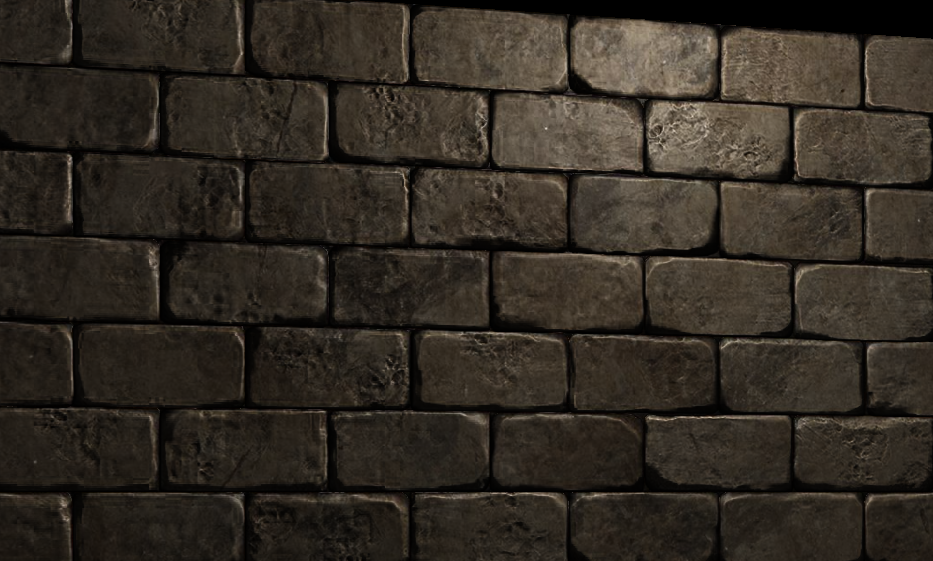1
2
3
4
5
6
7
8
9
10
11
12
13
14
15
16
17
18
19
20
21
22
23
24
25
26
27
28
29
30
31
32
33
34
35
36
37
38
39
40
41
42
43
44
45
46
47
48
49
50
51
52
53
54
55
56
57
58
59
60
61
62
63
64
65
66
67
68
69
70
71
72
73
74
75
76
77
78
79
80
81
82
83
84
85
86
87
88
89
90
91
92
93
94
95
96
97
98
99
100
101
102
103
104
105
106
107
108
109
110
111
112
113
114
115
116
117
118
119
120
121
122
123
124
125
126
127
128
| #include <bits/stdc++.h>
using namespace std;
#define clear(a, b) memset (a, b, sizeof(a))
#define copy(a, b) memcpy (a, b, sizeof(a))
const int iol = 1024 * 1024;
char buf[iol], *ioh, *iot, ioc;
bool iosig;
inline char read() {
if(ioh == iot) {
iot = (ioh = buf) + fread(buf, 1, iol, stdin);
if(ioh == iot) return -1;
}
return *ioh++;
}
template<class T>
inline bool read(T &x) {
iosig = false;
for (ioc = read(); !isdigit(ioc); ioc = read()) {
if (ioc == -1) return false;
if (ioc == '-') iosig = true;
}
x = 0;
while(ioc == '0') ioc = read();
for(; isdigit(ioc); ioc = read())
x = (x << 1) + (x << 3) + (ioc ^ '0');
ioh--;
if(iosig) x = -x;
return true;
}
const int MAXN = 101000;
const int MAXE = 500100;
const int INF = 0x3f3f3f3f;
struct Edge {
int v;
int c;
int n;
} edge[MAXE];
int adj[MAXN], cnt;
int dis[MAXN], cur[MAXN], pre[MAXN], num[MAXN];
int s, t, nv;
int n, m;
inline void addEdge(int u, int v, int c) {
edge[cnt].v = v;
edge[cnt].c = c;
edge[cnt].n = adj[u];
adj[u] = cnt++;
edge[cnt].v = u;
edge[cnt].c = 0;
edge[cnt].n = adj[v];
adj[v] = cnt++;
}
inline void bfs(int t) {
clear (num, 0), clear (dis, -1);
dis[t] = 0;
num[0] = 1;
queue<int> q;
q.push(t);
while(!q.empty()) {
register int u = q.front();
q.pop();
for(register int i = adj[u], v; ~i; i=edge[i].n) {
v=edge[i].v;
if(~dis[v]) continue;
dis[v] = dis[u] + 1;
q.push(v);
++num[dis[v]];
}
}
}
inline int isap(int s, int t, int nv) {
copy(cur, adj);
bfs(t);
int flow = 0, u = pre[s] = s, i;
while (dis[t] < nv) {
if (u == t) {
int f = INF, neck;
for (i = s; i != t; i = edge[cur[i]].v) {
if (f > edge[cur[i]].c) {
f = edge[cur[i]].c;
neck = i;
}
}
for (i = s; i ^ t; i = edge[cur[i]].v) {
edge[cur[i]].c -= f;
edge[cur[i] ^ 1].c += f;
}
flow += f;
u = neck;
}
for (i = cur[u]; ~i; i = edge[i].n) if (dis[edge[i].v] + 1 == dis[u] && edge[i].c) break;
if (~i) {
cur[u] = i;
pre[edge[i].v] = u;
u = edge[i].v;
}else {
if (0 == (--num[dis[u]])) break;
int mind = nv;
for (i = adj[u]; ~i; i = edge[i].n) {
if (edge[i].c && mind > dis[edge[i].v]) {
cur[u] = i;
mind = dis[edge[i].v];
}
}
dis[u] = mind + 1;
num[dis[u]]++;
u = pre[u];
}
}
return flow;
}
#define init() clear(adj, -1), cnt = 0
int tot, ans;
int main(){
init();
read(n), read(m);
s = tot = ans = 0, t = n << 1 | 1;
for (register int i = 1, w; i <= n; i++)
read(w), ans += w, addEdge(s, i, w), addEdge(i + n, t, w);
for (register int i = 0, u, v, w; i < m; i++)
read(u), read(v), read(w), addEdge(u, v + n, w);
nv = t - s + 1;
s = s, t = t;
cout << ans - isap(s, t, nv);
return 0;
}
|



